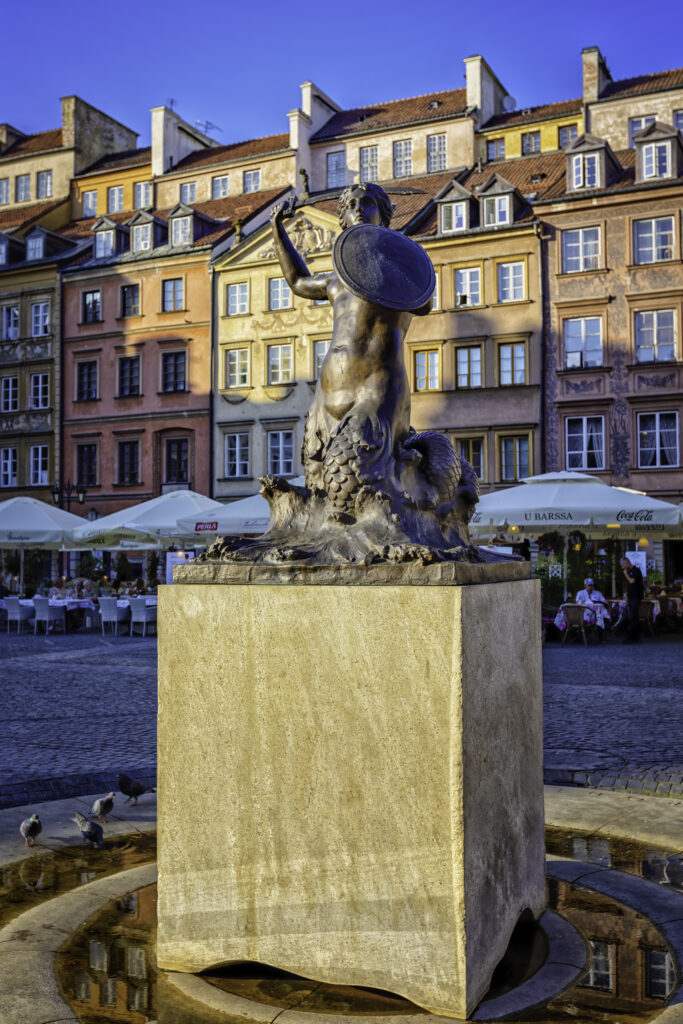Poland – Warsaw
Warsaw is the capital and largest city of Poland, located on the Vistula River in the east-central part of the country in the Mazowieckie Voivodeship.

Explore Warsaw
Warsaw has a rich history, having been the capital of the Polish-Lithuanian Commonwealth from the late 16th century until 1795. It was severely damaged during World War II, with significant destruction during the Warsaw Uprising of 1944, after which much of the city was rebuilt, including its historic Old Town, which is now a UNESCO World Heritage Site for its exemplary reconstruction post-war.
It has an estimated population of 1.86 million residents, with a metropolitan area population of around 3.27 million, making it the 7th most populous city in the European Union.
Warsaw hosts numerous cultural institutions like the University of Warsaw, Warsaw University of Technology, and the National Museum. Economically, it’s home to the Warsaw Stock Exchange, the largest in Central and Eastern Europe.
Whether you’re into history, art, science, or simply enjoying city life, Warsaw has something for every explorer.
Mazowieckie Voivodeship/Region:
Warszawa – Warsaw
(click on (+/-) to open/close)
Instructions for photo proofing and comments:
Left-click on the photo to access options for title information (i), leave comment, or mark the photo(s) as the favorite. The option to submit the selected as favorite photos is under “Submit proofs” button under photo gallery.
